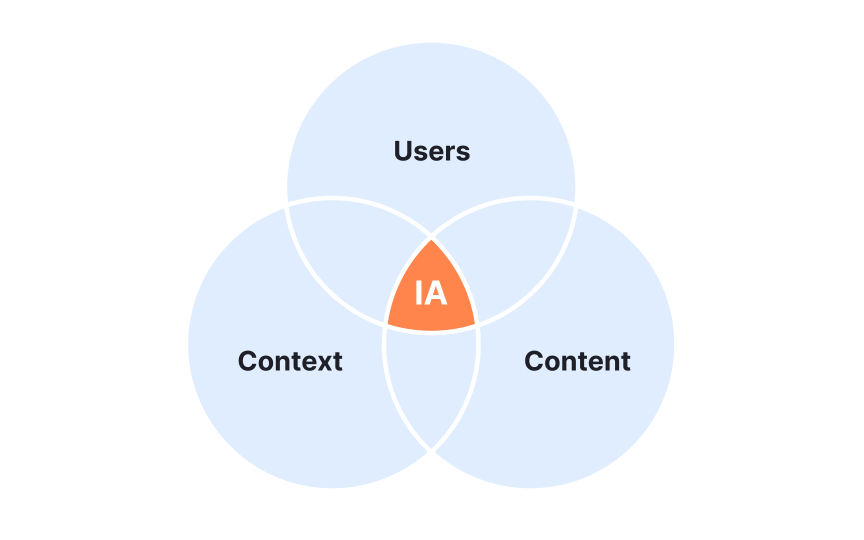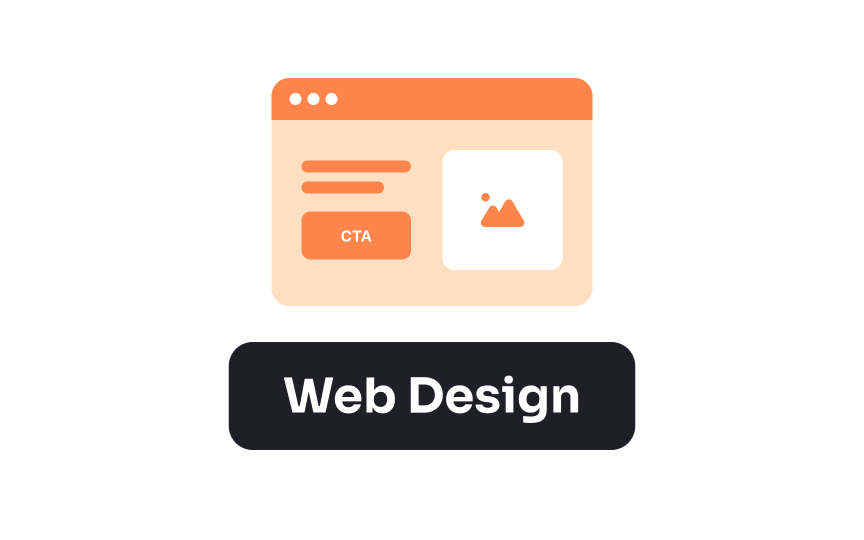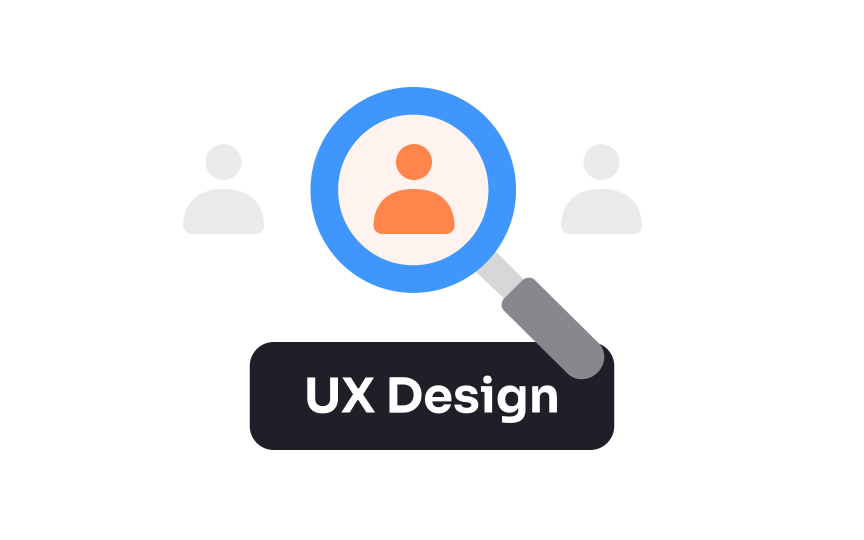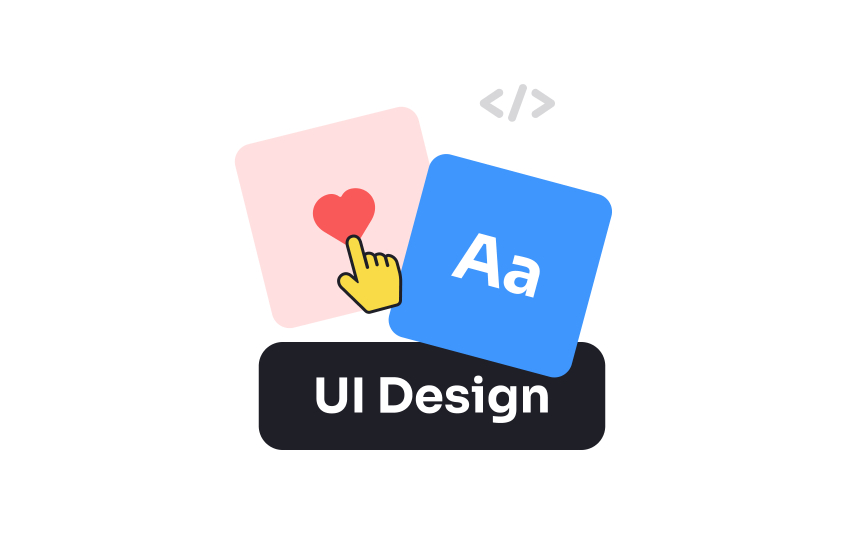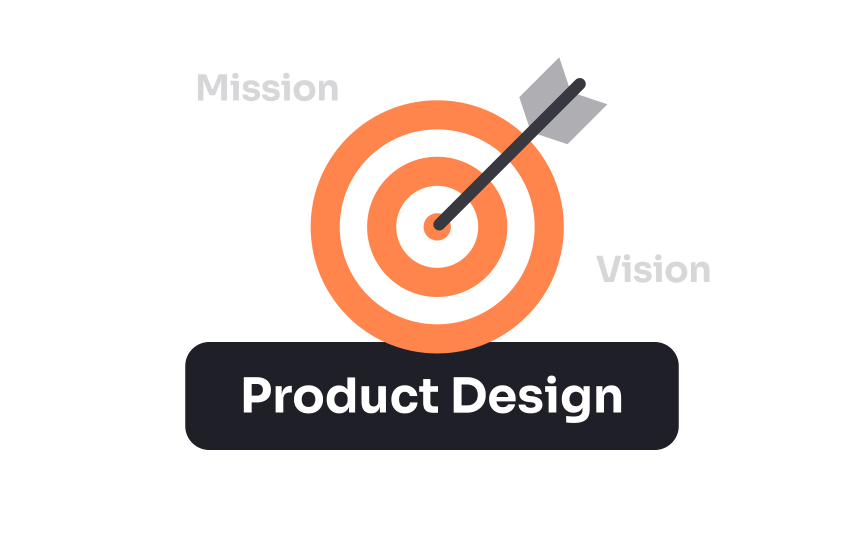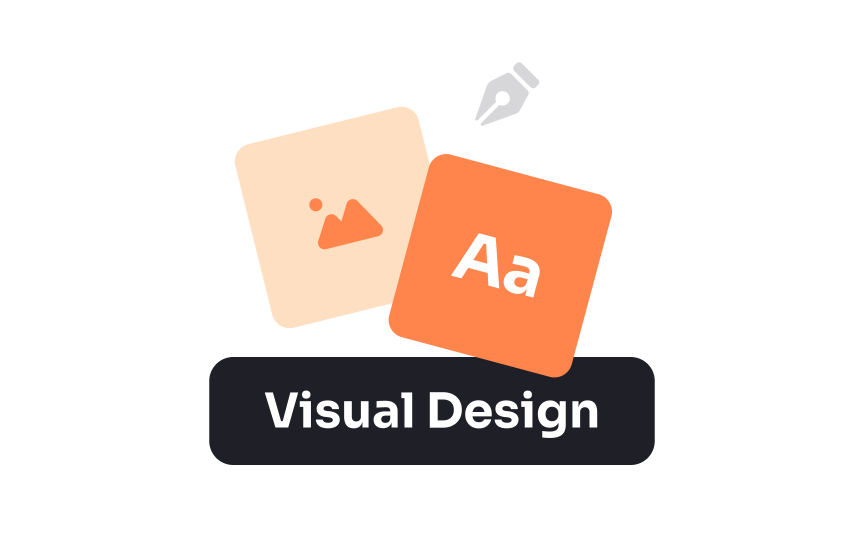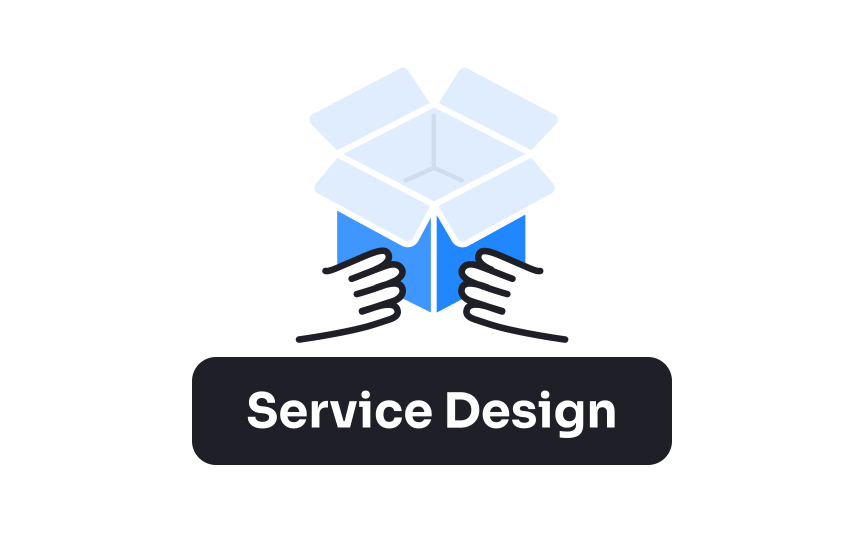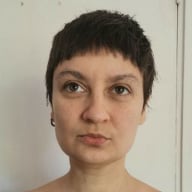Design Disciplines
Explore the various disciplines and niches that make up the vast world of design
There has always been some confusion about various design disciplines and the problems each one solves. Many fields of study overlap and are sometimes mistakenly seen as the same discipline.
Notably, even more mixups occur when you try to define the role of a designer. Visual designers, UI designers, UX designers, product designers — don't they all pursue the goal of creating visually appealing and user-friendly products? Yes and no.
Clients or potential employers often misuse job titles. Your job as a designer is to clearly state your unique skill set and manage the client's / employer's expectations to avoid disappointments. Understanding the focus of each field helps address a problem with the right set of tools and activities and prevents setbacks in the product lifecycle.
Information architecture (IA) focuses on organizing, structuring, and labeling content. Its main goal is to help users understand where they are and where the information they need to complete a task is.[1]
Information architecture usually involves creating site maps, hierarchies, categorizations, navigation, and metadata. Depending on the company size, IA tasks can be performed by information architects,
Web design is the process of creating websites. Web designers collect all the knowledge of
The terms "web design" and "web development" are often used interchangeably. Web design refers to the creation of the client-side (or the front end) design with the help of HTML, CSS, and scripting languages like JavaScript and PHP. Web developers are responsible for the server side (or the back end) and aren't deeply involved in the creative part of website building.
Interaction design (IxD) focuses on the moment when users interact with a product. The goal of interaction designers is to improve users' interactive experience with a product. This can be done through text, graphics, voice commands, touch gestures, and other means.
The key activities that an interaction designer performs include:
- Forming a design strategy: Interaction designers explore users' behavior and mental models through research to understand their final goals.
- Wireframing and prototyping interactions: Interaction designers create prototypes to test concepts with users.
In small companies, this role is usually performed by a
Interaction design and user experience have very similar goals and areas of work. However, UX is a broader concept covering the overall experience between users and the product, not just the interactions.[2]
User experience design, commonly known as UX design, aims to craft a seamless and efficient experience for users interacting with a product, whether it's digital or physical. The discipline prioritizes ease-of-use, enabling users to complete their tasks with minimal friction.
While UX design encompasses various elements like
User interface design, or
Great UI design marries form with function, ensuring that the interface is not only visually pleasing but also highly interactive and user-friendly. In this way, the design becomes "invisible," allowing users to complete their tasks effortlessly, without being distracted or hindered by the interface itself.
Product design is a holistic approach that aims to harmonize user needs with business objectives. Product designers don't just focus on creating user-friendly and satisfying products; they also strive to make design decisions that add value and keep the brand competitive. In some contexts, "product designers" might refer to end-to-end designers skilled in both
Key methods in product design include crafting user personas, establishing clear product goals, laying out roadmaps, and conducting user tests with wireframes. These methods collectively ensure that the final product not only meets user expectations but also achieves business goals effectively.
Motion design breathes life into static graphics by incorporating animation and cinematic techniques. The practice adds an extra layer of storytelling, making
Commonly used across diverse fields like film production, marketing campaigns,
Visual design focuses on the aesthetics of a site. It does so by using images,
Visual design was born out of a blend of
Sometimes, the terms "visual design" and "
Service design is all about optimizing the end-to-end journey that users go through when interacting with a service. Unlike product design, which usually concentrates on individual touchpoints like an app or a website, service design takes a holistic approach. It looks at all the components, including people, processes, and physical or digital touchpoints, that make up the entire service experience. The goal is to create seamless and quality
This design discipline uses tools like customer journey maps, service blueprints, and
Similar lessons

What is UX Design?

Common Design Concepts

